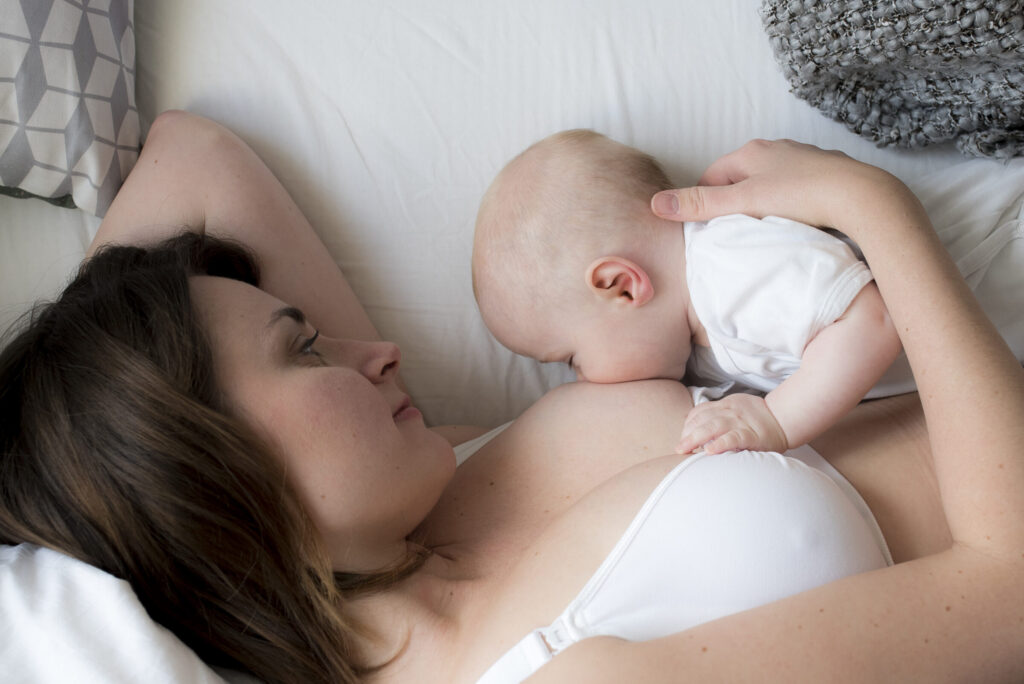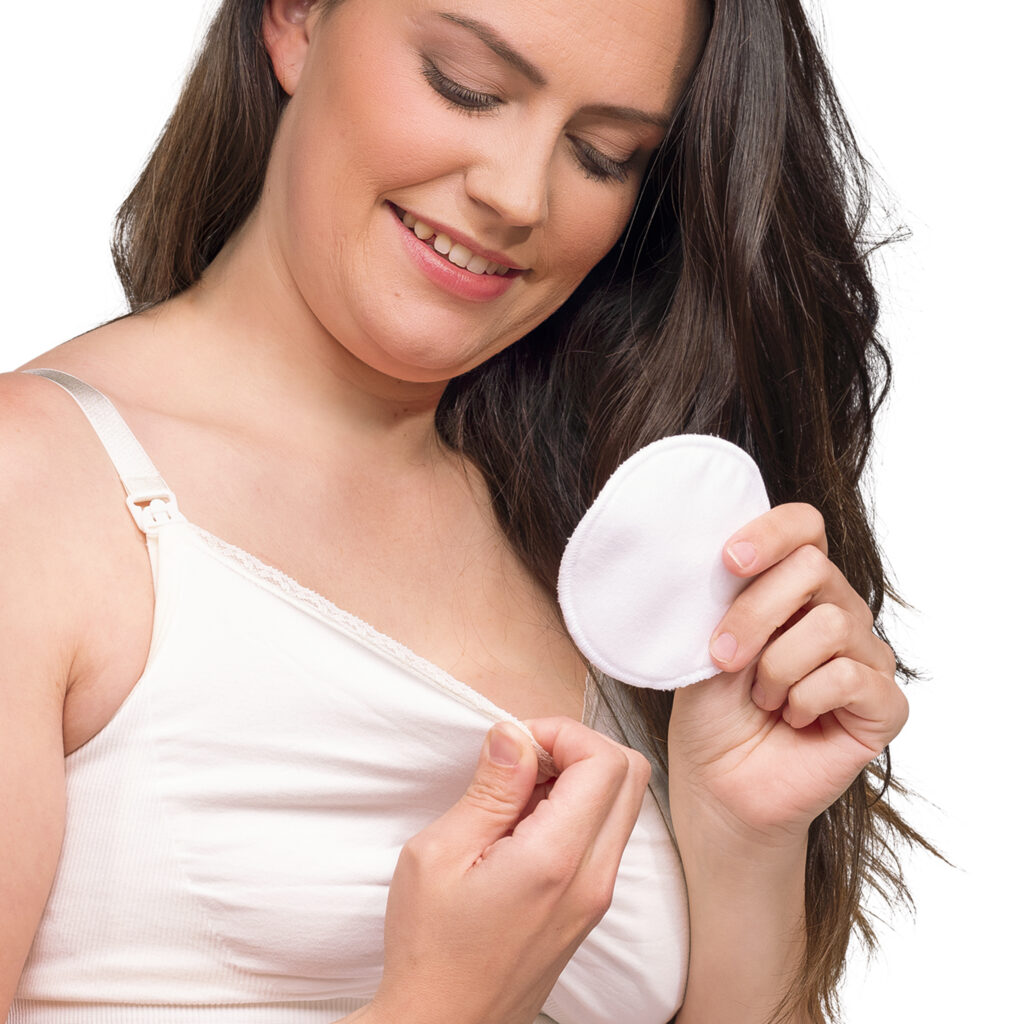Košarica
Breastfeeding During the Summer Months
Posted on
It is well-known that summer months can be challenging due to extremely high temperatures, and they can be especially demanding for breastfeeding mothers. However, with proper measures and a few tricks, breastfeeding can remain comfortable and safe.
For all new moms who will be breastfeeding this summer, we have prepared a small guide with helpful tips to ensure the most comfortable environment for both you and your baby.
It is crucial, especially during pregnancy and breastfeeding, to stay adequately hydrated throughout the day. Water is your best friend during hot summer days, and you can add a slice of lemon or lime for a fresher taste (be mindful of limited citrus intake while breastfeeding in case of potential allergies in your baby). It’s important to note that coffee does not count toward your daily fluid intake. Coffee contains caffeine, which, due to its stimulating effect on the heart, is recognized as a diuretic. Diuretics are substances that increase urine output, which can lead to dehydration if fluid intake is insufficient.
Hydration doesn’t only involve drinking fluids. It’s also important to nourish your skin externally by using sunscreens with appropriate SPF. Sunscreens, as well as self-tanning lotions, can and should be used during breastfeeding. Just make sure to avoid applying these creams around the nipple area to prevent residue from entering your baby’s mouth. We recommend carefully reading the manufacturer’s instructions before application.
As temperatures rise, adults often feel thirstier than usual, and it makes sense that the heat affects babies in a similar way. Therefore, it’s completely natural and normal to breastfeed more frequently during the summer months. Babies younger than six months don’t need any additional fluids other than breast milk. At the start of a feeding session, breast milk has a texture that can fully quench a baby’s thirst. For older babies who also eat purees, additional fluids may be needed. Pay attention to your baby’s signals and feel free to breastfeed whenever they ask, as your baby knows best what they need.
Many mothers wonder if it’s safe to swim in the sea while breastfeeding. You don’t need to worry about the sea temperature affecting your milk supply, as milk production depends solely on the amount your baby consumes.
What’s important for breastfeeding, especially when it involves the sea and swimming, is to change your bra after swimming. Synthetic bras retain moisture around the nipples, creating an environment that’s conducive to fungal infections, which can then be transmitted to your baby. Make sure you’re dry before breastfeeding, as sweat can make it harder for your baby to latch.
An excellent option is the Carriwell Seamless Maternity and Nursing Bra, which is perfect for warmer weather. In addition to being made of soft material, its seamless, wire-free design provides support and comfort throughout the day.

It is recommended to carry a lightweight fabric towel in your diaper bag. Besides being useful for drying off, it can be placed between you and your baby to make breastfeeding more comfortable.
To help maintain dryness throughout the day, Carriwell has designed washable nursing pads, available in organic cotton or silk. The soft and breathable organic cotton material absorbs milk and keeps nipples dry. The silk layer has anti-inflammatory properties, aiding in the healing of sore nipples and providing a cooling effect during high temperatures. Using nursing pads also helps reduce the risk of mastitis.

Breastfeeding in Summer Doesn’t Have to Be a Struggle!
Enjoy summer fun with your little one and remember – stay in the shade and drink plenty of fluids!
